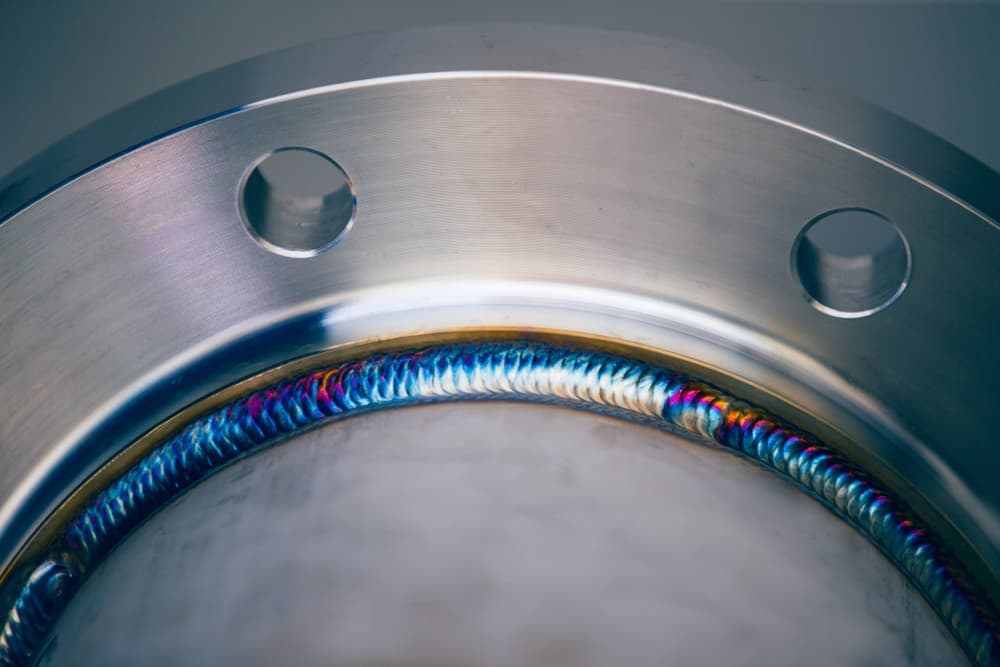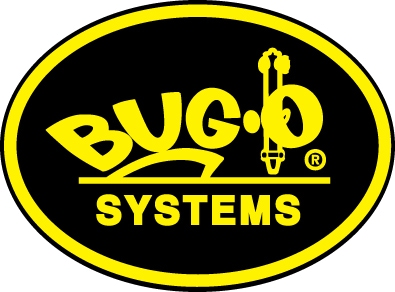When managing or engineering large-scale production, fabrication, and manufacturing processes, mechanization, and automation can help improve productivity, quality, and optimize production time. But even though these descriptions are often used interchangeably, welding mechanization and welding automation are actually quite different.
Large enterprises are leaving hand-welding behind to transition to modern and practical alternatives. One common doubt that arises when deciding between mechanization and automation is which one fits better for a particular production process.
For businesses to make informed decisions, it is essential to comprehend the advantages and disadvantages of welding mechanization vs. automation. This article will provide an overview of their main differences and the considerations to make before making a final decision.
What Is Welding Mechanization?
Welding mechanization is the use of equipment to improve the accuracy and consistency of a welding process. It usually involves specialized equipment such as welding carriages, motorized positioners, rotators, and manipulators to employ the welding process for optimal welding process and position.
It can help enhance the quality of the weld by reducing operator fatigue and increasing consistency. Additionally, it can increase safety by keeping welders away from harmful fumes and heat.
However, welding mechanization does not equal replacing professional welders with machines. For example, this semi-automatic welding technology requires highly trained professionals to monitor the welding torch or gun movement while the device takes care of the motion control.
What Is Welding Automation?
Welding automation uses machines to do tasks that humans would otherwise complete. The welding process is entirely automated, meaning no human intervention is needed.
Fully automated welding machines can execute everything from single resistance spot welds to complicated weld processes involving coordinated machines dealing with large, three-dimensional objects. Automatic welding can also control the parameters of welding current, welding voltage, and welding speed that are predetermined or even intelligently adapted depending on the situation.
The main advantage of welding automation is that it can significantly increase production speed 24 hours a day, 365 days a year, while providing consistent results. However, purchasing and maintaining the automation equipment requires a significant capital investment.

Key Differences Between Both
While mechanization and automation offer similar advantages, there are some key differences between them that fabricators and manufacturers should be aware of before deciding which is right for their business.
1. Human Operation
The biggest difference is that mechanization typically uses machines controlled by human operators. In contrast, automation uses robots programmed to perform specific tasks with little or no input from human operators.
2. Production Time Frame
Another key difference is that, if properly implemented, automation can be used to weld 24 hours a day, 365 days a year, while mechanization requires someone to be present to operate the machines.
3. Margin of Error
Finally, robotic welders are not susceptible to operator error like human welders are, so they can provide consistent results every time they’re used. However, it is very important to remember that the parts being welded and the tools holding those parts in place must be very accurate.
What Is Robotic Welding?
Robotic welding is automation that uses robots to perform welds and requires specialized programming and equipment. Robotic welding offers several advantages and disadvantages compared to mechanized and manual welding.
Advantages of robotic welding include the ability to weld complex parts in a fraction of the time it would take a human welder, improved precision and accuracy, reduced costs associated with labor, and increased safety due to the absence of welders in hazardous locations.
On the other hand, robotic welding is expensive to set up, and specialized programming and equipment are required to operate the robots efficiently.
Why Opt for Mechanized Welding
There are several reasons why mechanized welding is often a better choice compared to traditional, manual welding for many production situations. Some of the most considerable advantages are:
Increased Productivity
Mechanized welding equipment increases productivity by providing a high level of accuracy and consistency that would be impossible to achieve with manual welding alone. Instead, enterprises can train their workers on mechanized welding techniques, thus boosting the speed and quality of their output.
Improved Safety
By keeping workers away from harmful fumes and heat—mechanized welding can help create a safer work environment.

Improved Quality
Mechanized welding also ensures a higher weld quality, as it is more accurate and the controlled motion results in the achievement of the desired results.
We Provide Mechanized Welding Solutions for Several Processes
At BUG-O Systems, we provide standardized and customized mechanized welding solutions for large enterprises.
More than 75 years of knowledge and experience have enabled us to design machines that meet the requirements of each production line, from pre-programmed mechanization to full automation.
Our mechanized welding equipment is designed to optimize productivity, improve safety, and ensure quality results. Our team of experts is here to help with training, the necessary instructions, and advice on mechanization.
Contact us today to learn more about how mechanized welding can help your business increase its productivity and performance.
Discover Related Content
The Importance of a Proper Weld Setup for Fabrication
Types of Welding for Manufacturing Companies
Shipbuilding Welding Process: Main Types and How to Improve Production
Pressure Vessel Welding: What Is It and How It Helps in Fabrication


Recent Comments